Composite decking
Mikevg
12 years ago
Related Stories
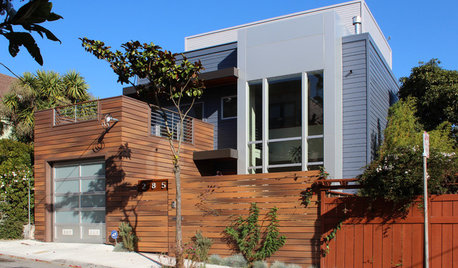
MATERIALSShould You Use Composite Timber in Your Landscape?
This low-maintenance alternative to wood is made from varying amounts of recycled plastic. Consider it for decks, fences and more
Full Story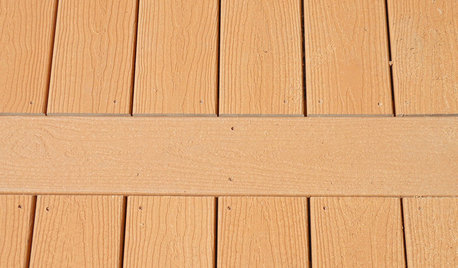
DESIGN DICTIONARYComposite Lumber
Wood fibers and plastic combine to make a superwood that endures the elements
Full Story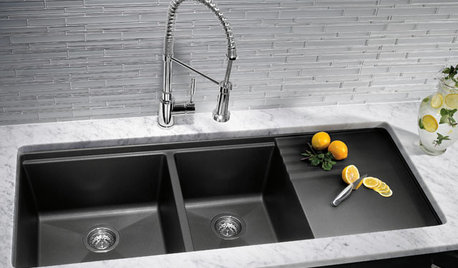
KITCHEN DESIGNKitchen Sinks: Granite Composite Offers Superior Durability
It beats out quartz composite for strength and scratch resistance. Could this kitchen sink material be right for you?
Full Story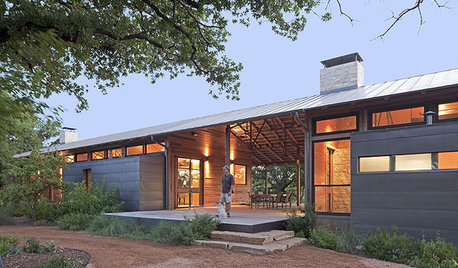
REMODELING GUIDESGreat Compositions: The Dogtrot House
Historic breeze-capturing design inspires smart house plans for today
Full Story
LIGHTINGGreat Compositions: Light and Private Courtyard Houses
Courtyard homes treat you to sun, light, air — and a new way of looking at the landscape
Full Story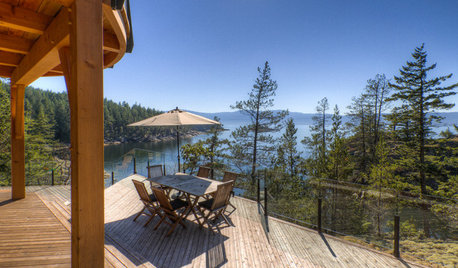
DECKSDecking Materials Beyond Basic Lumber
Learn about softwoods, tropical hardwoods, composites and more for decks, including pros, cons and costs
Full Story
GARDENING AND LANDSCAPINGChoosing a Deck: Plastic or Wood?
Get the pros and cons of wood, plastic, composite and more decking materials, plus a basic price comparison
Full Story
MOST POPULARWhat to Know About Adding a Deck
Want to increase your living space outside? Learn the requirements, costs and other considerations for building a deck
Full Story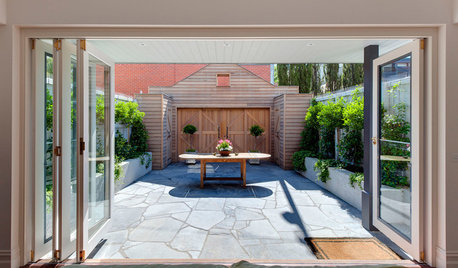
LANDSCAPE DESIGNHow to Pick the Right Paving and Decking Material
Once you’ve got the walls or fences of your garden figured out, it’s time to consider the ground surface or floors
Full Story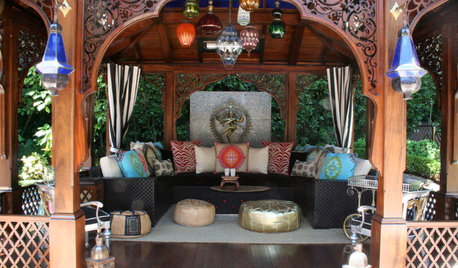
MOST POPULAR20 Outstanding Outdoor Living Rooms
Why give up style and comfort just because you add fresh air? Turn any porch or patio into a sumptuous room by following these leads
Full Story





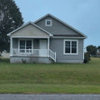
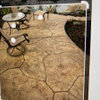


zver11
Related Professionals
Miami Decks, Patios & Outdoor Enclosures · Roanoke Decks, Patios & Outdoor Enclosures · Salisbury Decks, Patios & Outdoor Enclosures · Clearfield Home Builders · Immokalee Home Builders · Banning Flooring Contractors · Bellevue Flooring Contractors · Belvedere Park Flooring Contractors · Harrisburg Flooring Contractors · Lawndale Flooring Contractors · Oshkosh Flooring Contractors · Virginia Beach Flooring Contractors · Philadelphia Siding & Exteriors · Southampton Siding & Exteriors · Warwick Siding & Exteriors